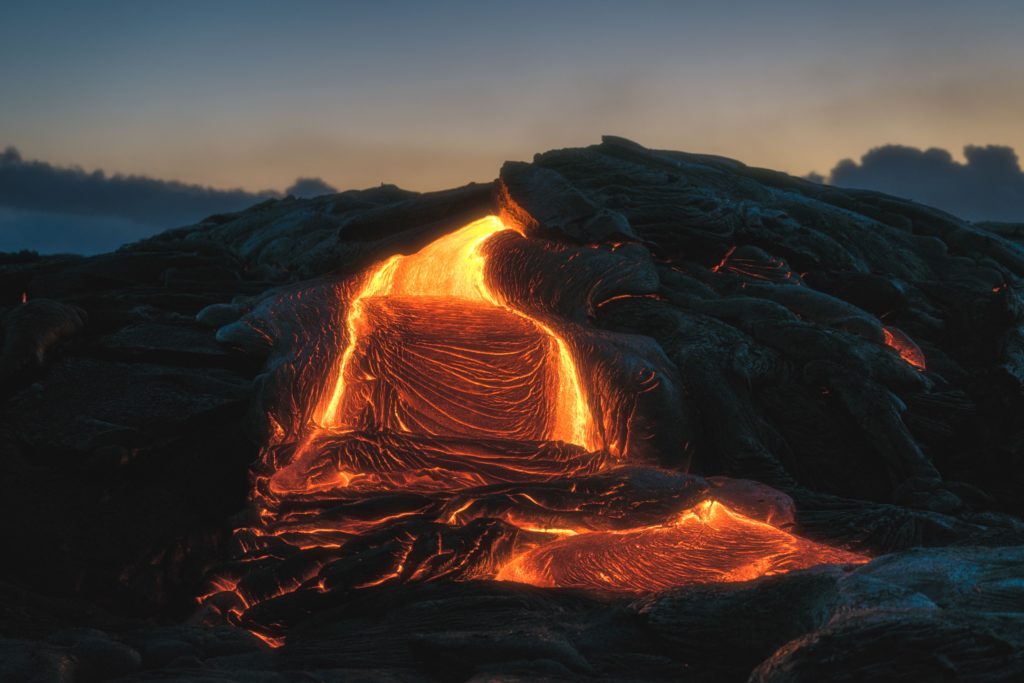
10,000 degrees Fahrenheit.
That is the approximate temperature of the Earth’s inner core. We live on the Earth’s crust, but beneath us is a roaring furnace of liquid iron, nickel, and other metals that is approximately as hot as the surface of the sun. Stored in the uppermost 3 kilometers of the crust is enough energy to sustain global consumption for 100,000 years.
With such immense amounts of thermal energy comes great opportunity, and great responsibility – so what are we waiting for?
It is assumed that our total geothermal potential is approximately 6 TW (terawatts), but in 2015, the total installed electrical capacity of geothermal energy in the world was 13.2 GW, a mere 0.22% of our identified resources. That percentage becomes even smaller when you begin to factor in hidden resources that have not been identified yet. To understand why utilization is so much lower than our global potential, let’s first take a look at the different types of geothermal energy production.
Ground Source
This is a small scale technology that is designed to heat single buildings. It is done by pumping fluid from underground trenches or wells into buildings to heat air or water. It can also be reversed in times of warm weather to act as a cooling agent! This is a great technology to consider for homeowners, but similarly to solar panels, the initial costs can be prohibitive.
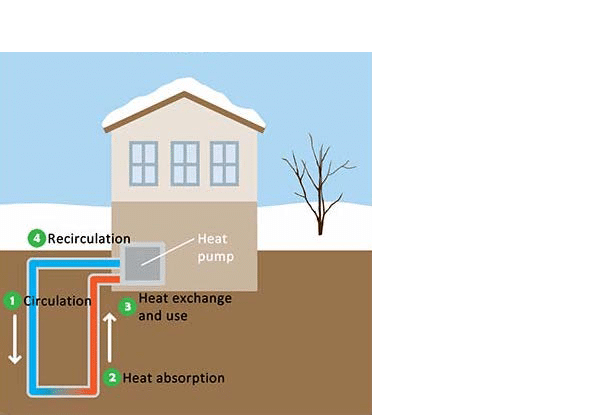
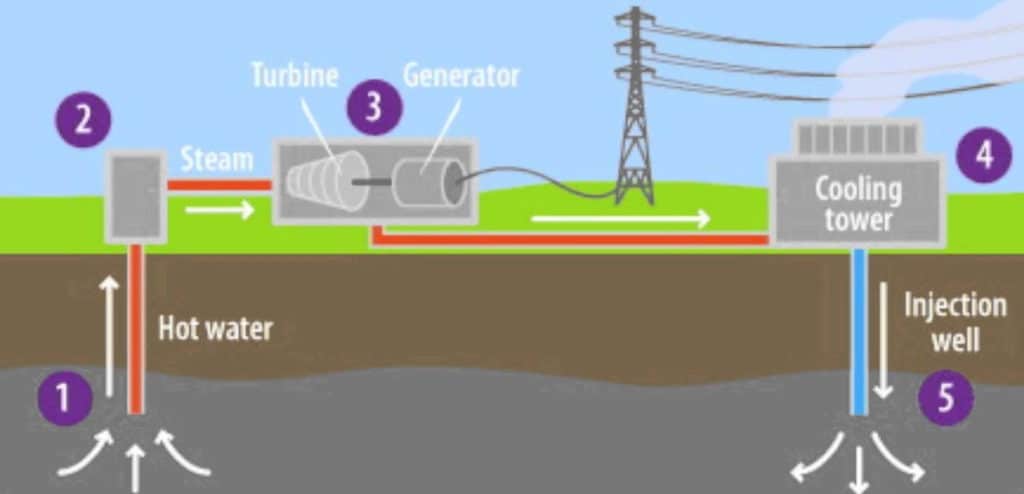
Geologic
(surface steam)
These standard systems are installed along geologic fault lines where steam reaches the surface. From here, this steam is piped into a powerplant and expanded in a turbine to generate electricity. Steam is then cooled and reinjected as liquid water to replenish the resource area. The first powerplant of this kind was installed in Lardarello, Italy in 1904. This system is well developed and has relatively low costs – however, initial investment can still be very challenging for developing countries to manage.
EGS (Enhanced Geothermal Systems)
Also known as deep drilling, EGS works by installing a powerplant and drilling wells 5,000 – 20,000 feet into the ground. One type of well is used to inject water into the thermal resource area. Here, the extreme heat turns the liquid water into steam that then travels up other wells to the powerplant where it is used to generate electricity. This system has very exciting potential, especially for countries (like the United States) that have already exploited most of their surface geothermal resources. However, it is difficult to determine the characteristics of such deep rock formations needed for this system, and the costs of deep drilling are very high. These factors have proven to be major challenges to the development of this technology.
Pros & Cons of Geothermal Energy
Pros
- Renewable & Sustainable
- Abundant
- Relatively low heating & electricity costs
- Environmental Impact
Cons
- High initial investment
- Risky investment
- Environmental Impact
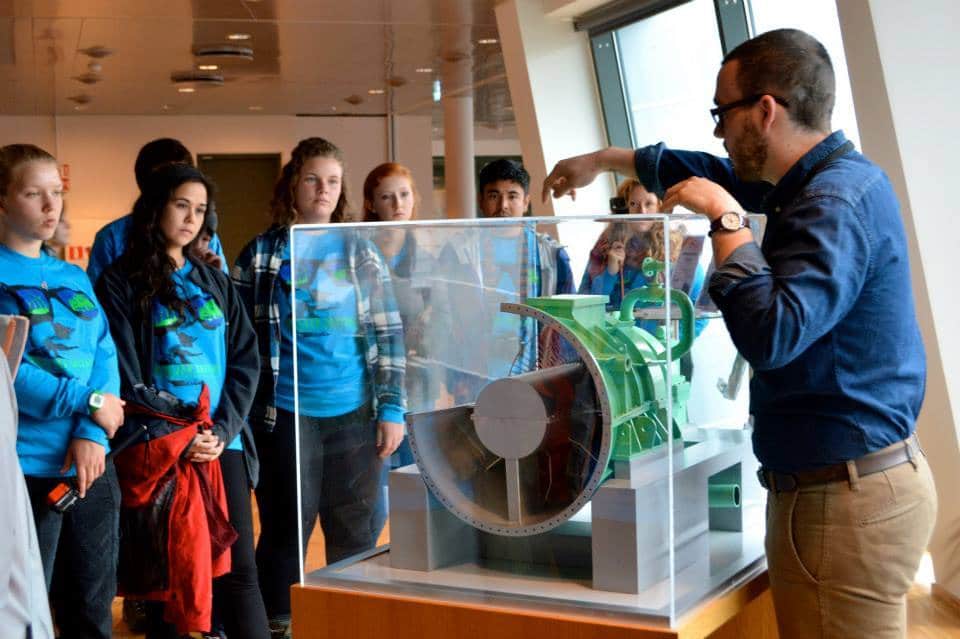
Common challenges
The common challenges amongst all geothermal technologies listed above are the high cost and risk of investment. In addition to the uncertainty surrounding potential EGS resource areas, the success of geothermal wells can be as low as 70% in the development phase. Of the wells that are successfully established, some of them will only produce energy for a short amount of time. Furthermore, geothermal powerplants are known to emit small amounts of carbon dioxide, hydrogen sulfide, and sulfur dioxide.
The benefits
On the other hand, the benefits are impressive. It is a renewable and abundant source of energy with low electricity costs – the U.S. Department of Energy estimates that a geothermal powerplant built today would require about 5 cents per kWh.
Despite the gaseous emissions listed above, the environmental impacts of geothermal energy are minimal relative to fossil fuel production. When compared to coal-fired powerplants, electricity produced from U.S. geothermal resources offsets 4.1 million tons of carbon dioxide, 110,000 tons of particulate matter, and 80,000 tons of nitrogen oxides annually. The handling of geothermal emissions is also improving with time. In fact, some systems in operation today (i.e. dry-steam, flash-steam, and binary cycle) emit nothing but water vapor.
Questions to be answered
With immense amounts of geothermal energy at our disposal, but significant obstacles standing in our way, there are many questions that need to be addressed. How can homeowners afford this change toward greener energy? How can developing countries afford the investment in large scale geothermal production? How can countries on the forefront of EGS technology drive the needle forward and make the next big breakthrough into our deeper resource areas?
We need your help to address these challenges in the renewable energy sector!
As commitment partners to the United Nations Global Goals, we are proud to bring our students into the field to study geothermal energy. Join us in Iceland and Japan to tour geothermal facilities, learn from industry professionals, and see first-hand how the development of these technologies has affected these countries and our planet. Welcome to the clean energy revolution.
“Being able to apply what I’ve learned and see it first hand in actual powerplants and in nature drove home my desire to pursue a career in helping to create a more sustainable future.”
Simone Nazareth
Florida State University, Mechanical Engineering
TGP Iceland Alumna
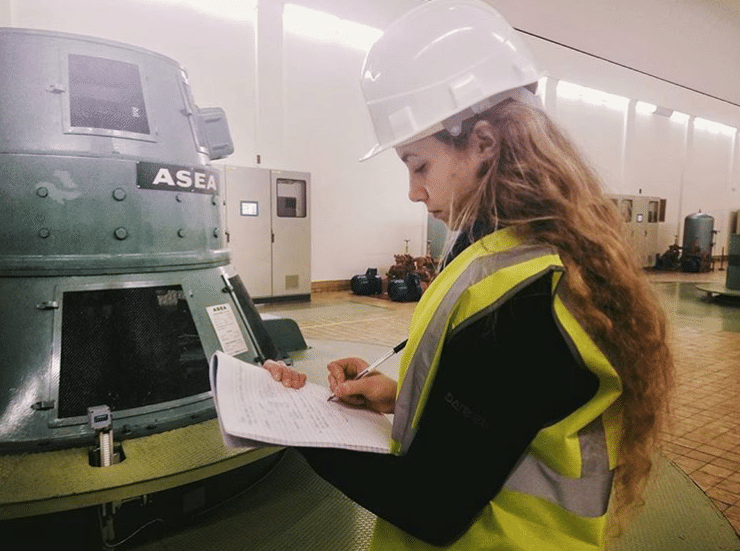
Sources/further reading:
– Energy Systems Engineering: Evaluation and Implementation, 3rd edition – Vanek, Albright, and Angenent.
– World Geothermal Assessment – Stefansson.
– An Investigation of Drilling Success in Geothermal Exploration, Development and Operation – Sanyal and Morrow.
– Geothermal Power Plants: Meeting Clean Air Standards – U.S. Office of Energy Efficiency & Renewable Energy.
– Geothermal FAQs – U.S. Office of Energy Efficiency & Renewable Energy.
– World Energy Resources: Geothermal | 2016 – World Energy Council.
